Unhacking Olive
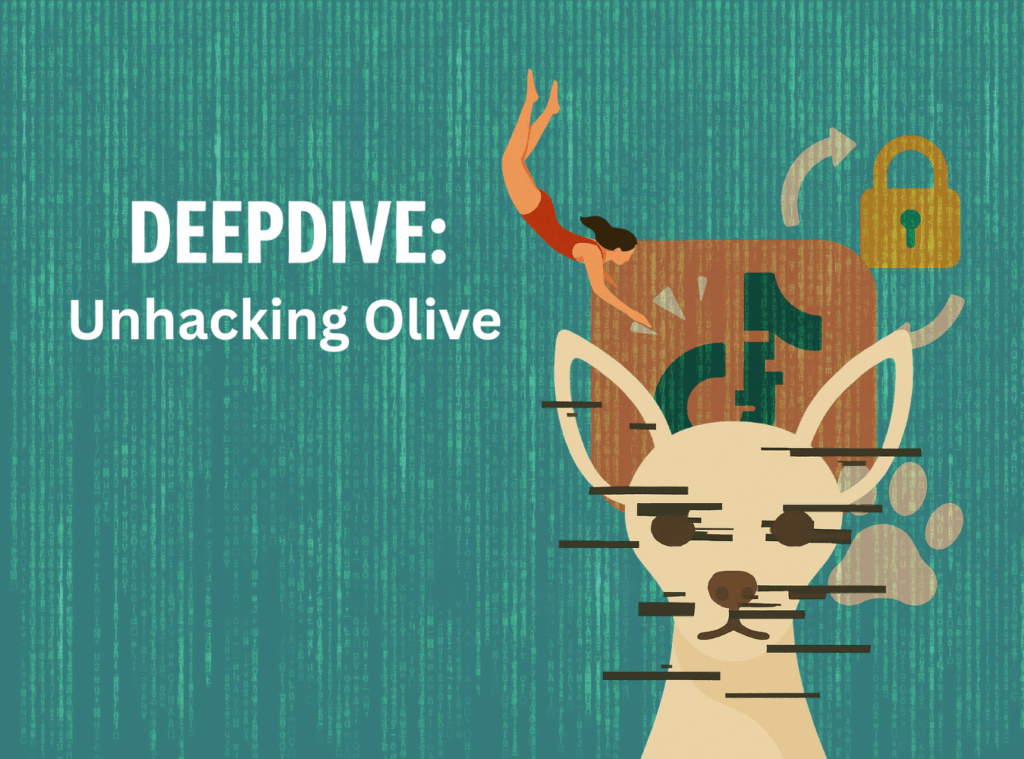
How to Recover a Hacked TikTok Account, Fast. The account belonged to my dog, Olive. Just a “small Chihuahua trying to make it in a big world”, as her bio so proudly says. Her slice of social media exists in a peculiar corner of TikTok—one where the majority of her “fans” are other dogs and […]
Diving In: Post-Cringe & Gen-Z
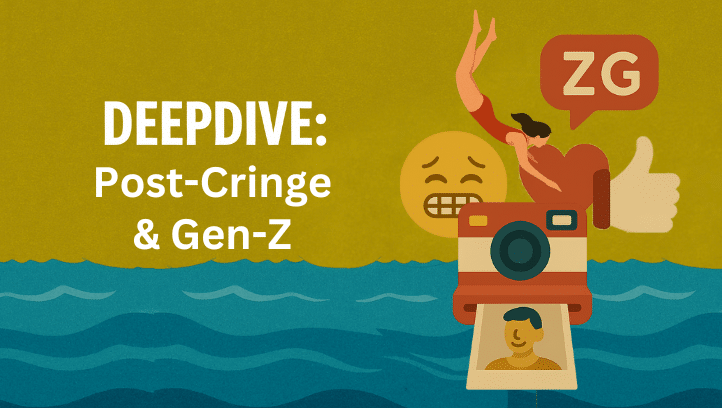
Gen-Z’s Post-Cringe Revolution: From Digital Caution to Cultural Reclamation Born online, Gen-Z grew up wary of public embarrassment, but as they age into adulthood, they’re reclaiming cringe as authenticity, connection, and nostalgic joy. For Gen-Z, the first true digital natives, the internet has always been a stage. Every moment, from middle school fashion choices to […]
Diving In: Music Marketing
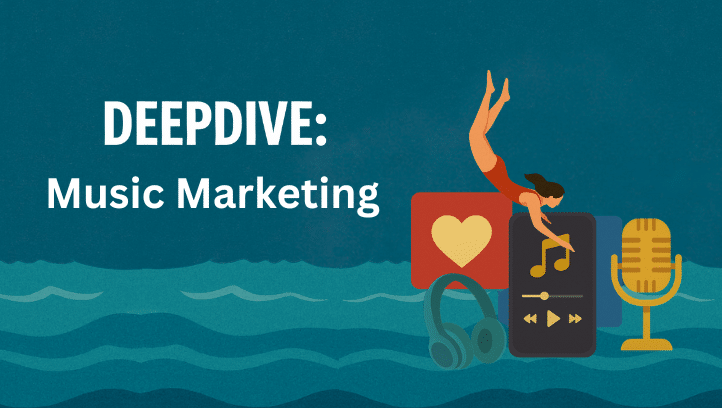
How Artist Partnerships and TikTok Are Reshaping Music Marketing Inside 2024’s biggest performance levers across social platforms In 2024, the competition between Spotify, Apple Music, and YouTube Music revealed more than just follower counts and engagement rates. It offered a window into what actually moves audiences in today’s fragmented digital ecosystem. Two forces stood out: […]
Diving In: Deloitte Digital 2025 Social Playbook
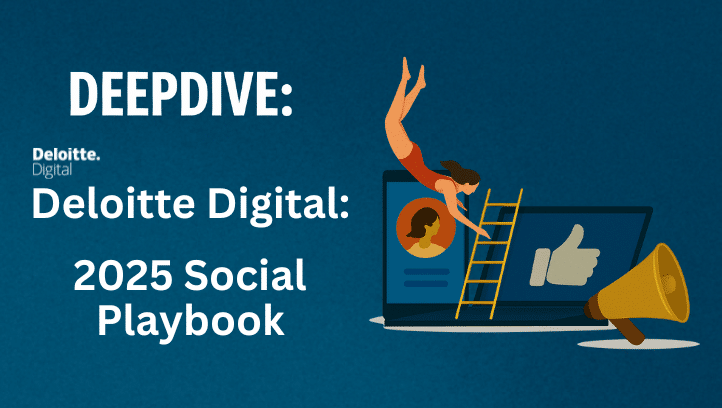
Why social-first brands are doubling down—and how your brand can keep up As we all know, social media is no longer the “fun” channel. It’s the frontline for brand strategy, customer experience, and measurable business growth. In Deloitte Digital’s 2025 State of Social Research, and across ListenFirst’s platform data, three patterns emerge that separate thriving […]
Diving In: Video Game Industry
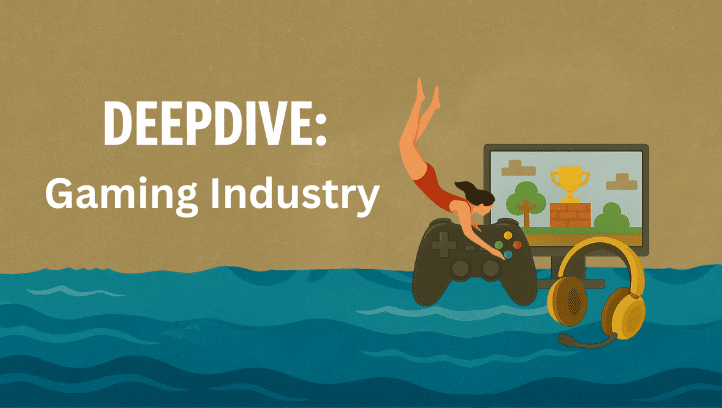
Gaming Isn’t Just a Fandom—It’s a Force By Brooke Argentum Let’s be honest: for most people outside the gaming space, trying to understand the video game industry can feel like being dropped into a sandbox game with no map. There’s jargon, subcultures, studio names you’ve never heard of, and more genre types than you can […]
Diving In: The White Lotus & the Future of Product Discovery
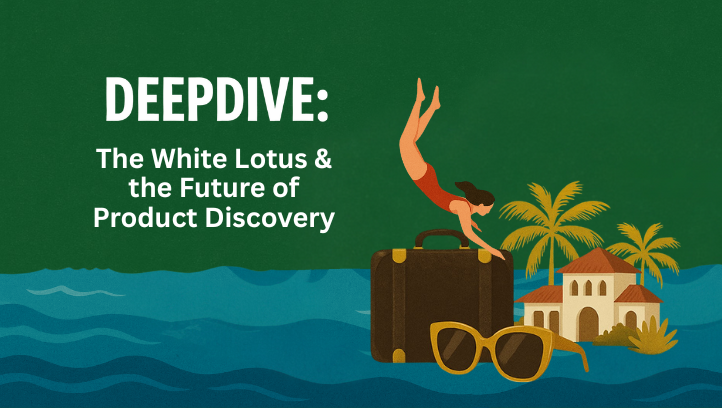
When luxury meets location: How HBO’s The White Lotus is reshaping brand strategy. The third season of The White Lotus is more than a ratings success—it’s a marketing moment. Set in Thailand and centered on a new cast of morally murky vacationers, the show has become a cultural catalyst for fashion brands, tourism boards, and […]
